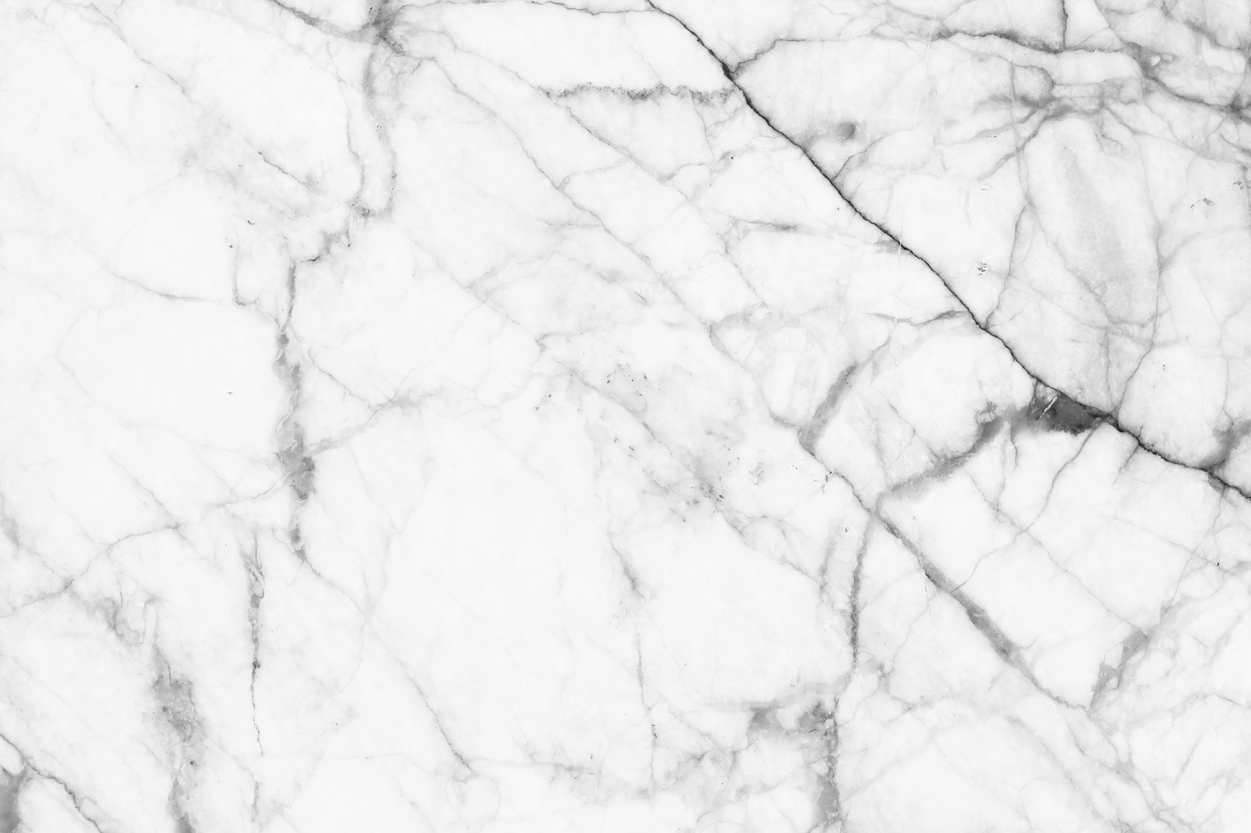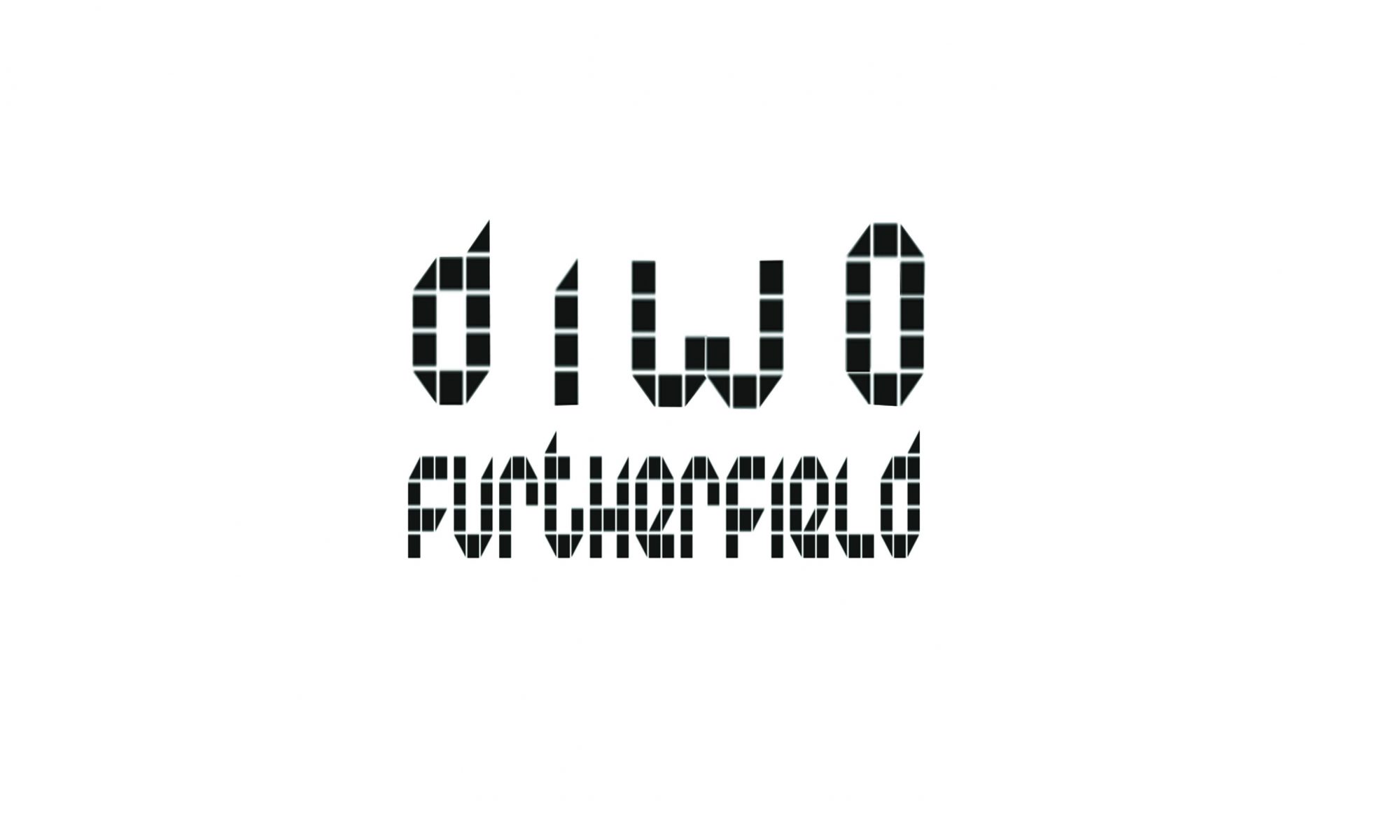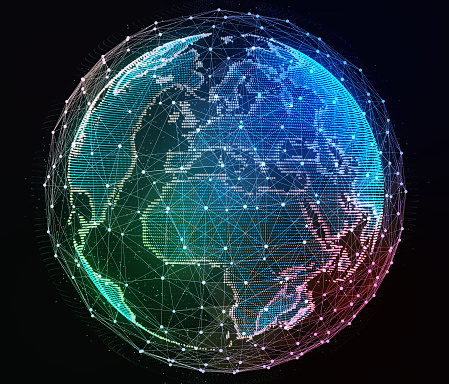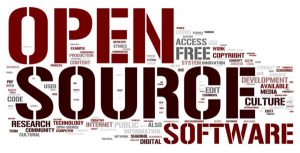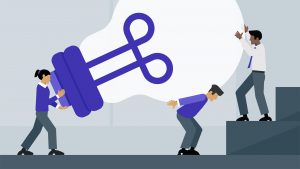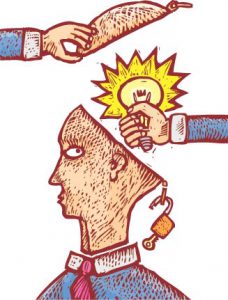I’ve heard of DIY (Do-It-Yourself) so many times unlike DIWO (Do-It-With-Others), so when I was first introduced to the concept of DIWO, it seemed like something almost impossible to achieve. Imagine a huge group of people contributing their ideas all at once, I can only picture a chaotic mess. However, I was given the opportunity to look into Furtherfield, which changed my mindset entirely. Furtherfield is a non-profit organisation started by Marc Garrett and Ruth Catlow, whereby they create an online platform for individuals all around the world to work together to create something extraordinary. Unlike the DIY culture that focuses solely on the individual, DIWO stresses on the importance and significance of collaboration and sharing amongst different creatives. Making use of free and open software technology, they create a platform to expand one’s creativity by establishing connections with others.
Due to the introduction of open source technology, artists are able to better themselves and their works through a more elaborate research in collaboration with other artists.
-Randell Packer, IEEE POTENTIALS’s article
As I’ve mentioned before about open source, DIWO also shows relation to that. Rather than working alone, artists are able to discuss concepts with others and go through the process with others.
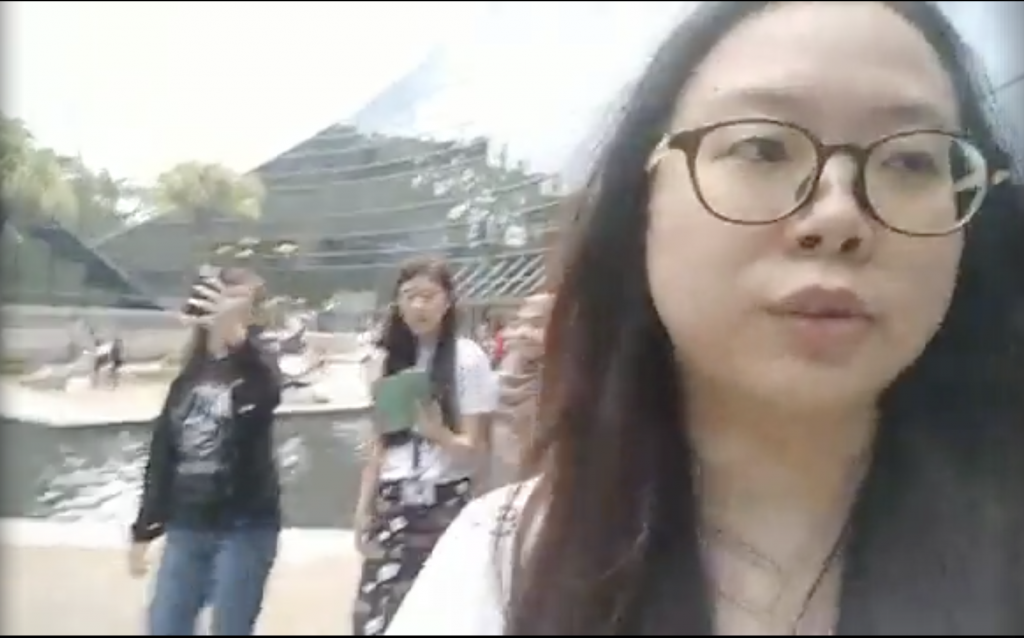
Going back to the first ever micro-project that we did, it shows how we can make use of the third space to converse with other people who may not be physically with us, hightlighting the possibility of interaction between individuals at different locations and different timezone.
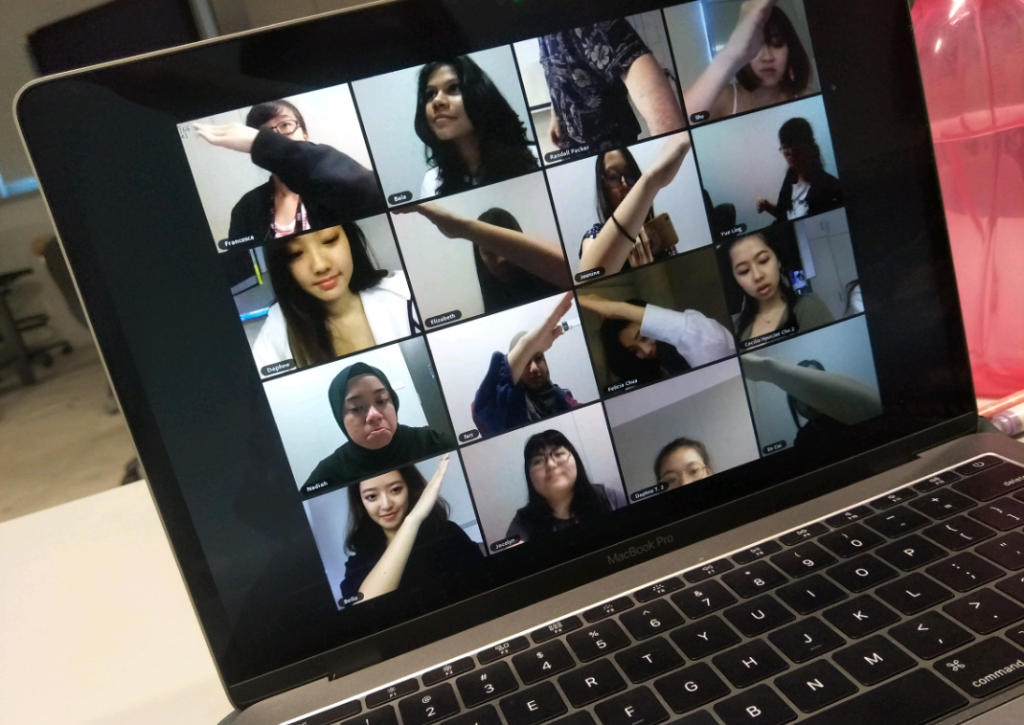
Source: Taken from my phone
Bringing back some concepts from our micro-projects which I thought were appropriate to this idea of DIWO, similar to the telematic embrace project, DIWO provides a sense of intimacy and hence encourages the sharing and negotiation between users to create a piece of work with their collaborative efforts. DIWO allows effective communication amongst different parties, raising their awareness towards others.
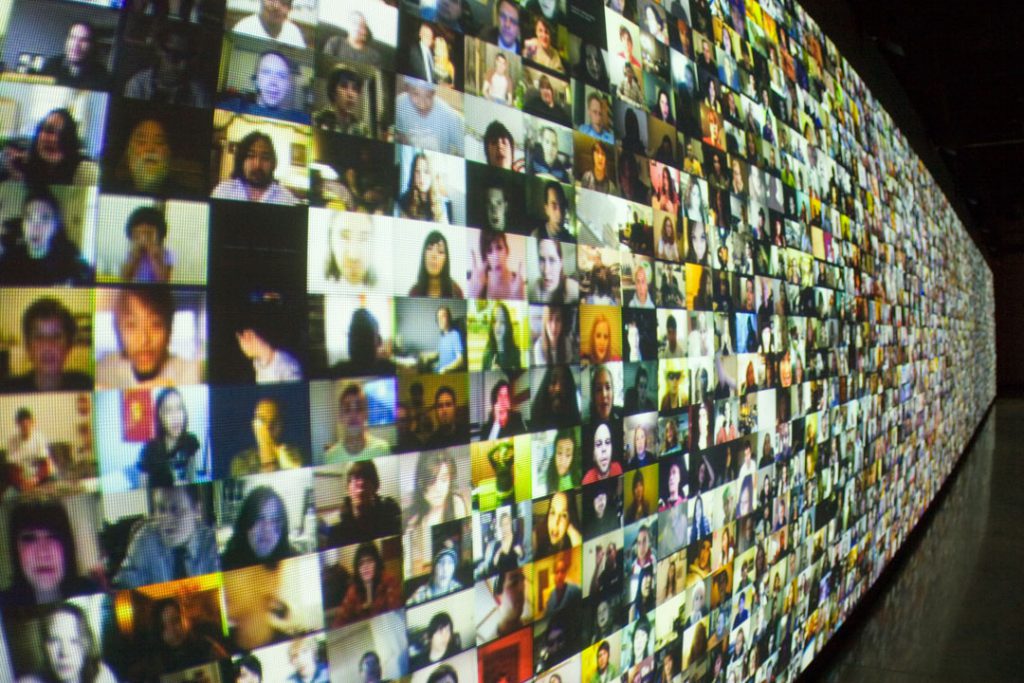
Source: http://christopherbaker.net/projects/helloworld/

Source: OSS
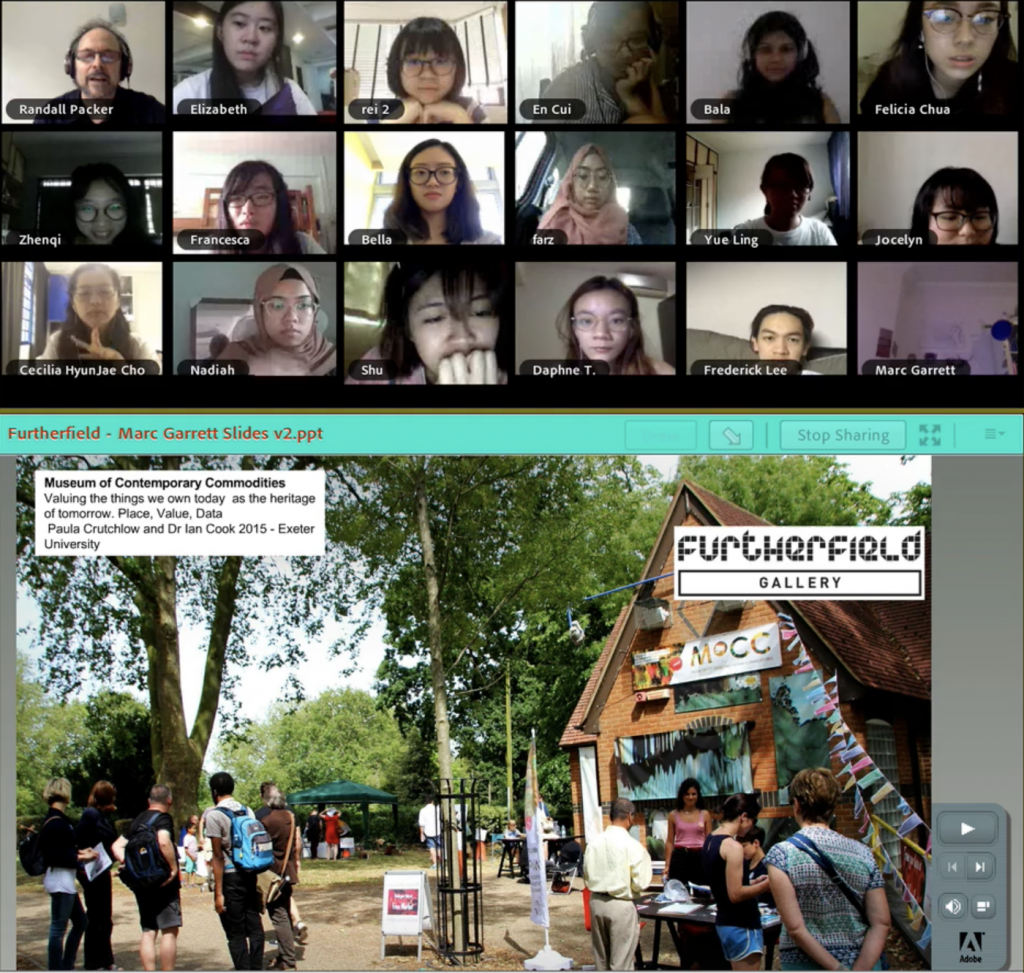
Source: https://vimeo.com/255880481
Although I was unable to attend the adobe connect on the actual day, I did look through the recorded video and found some points mentioned by guest Marc Garrett which I thought was extremely familiar and relatable. Quoting from Marc Garrett, he mentioned that DIWO is a “collective experience” and that it becomes a challenge of working with others, rather than only about ourselves. Individuals are also given the freedom to explore. These pushes an outcome of “Art for a better society” as mentioned by Randall Packer, allowing artists to venture outside their comfort zone and explore with different materials to create something new unlike their usual style, making full use of the advantage of working with others. The collaborative effort will in turn allow them to create outstanding unique pieces of work like the plantoids with BlockChain, as mentioned by Marc Garrett.
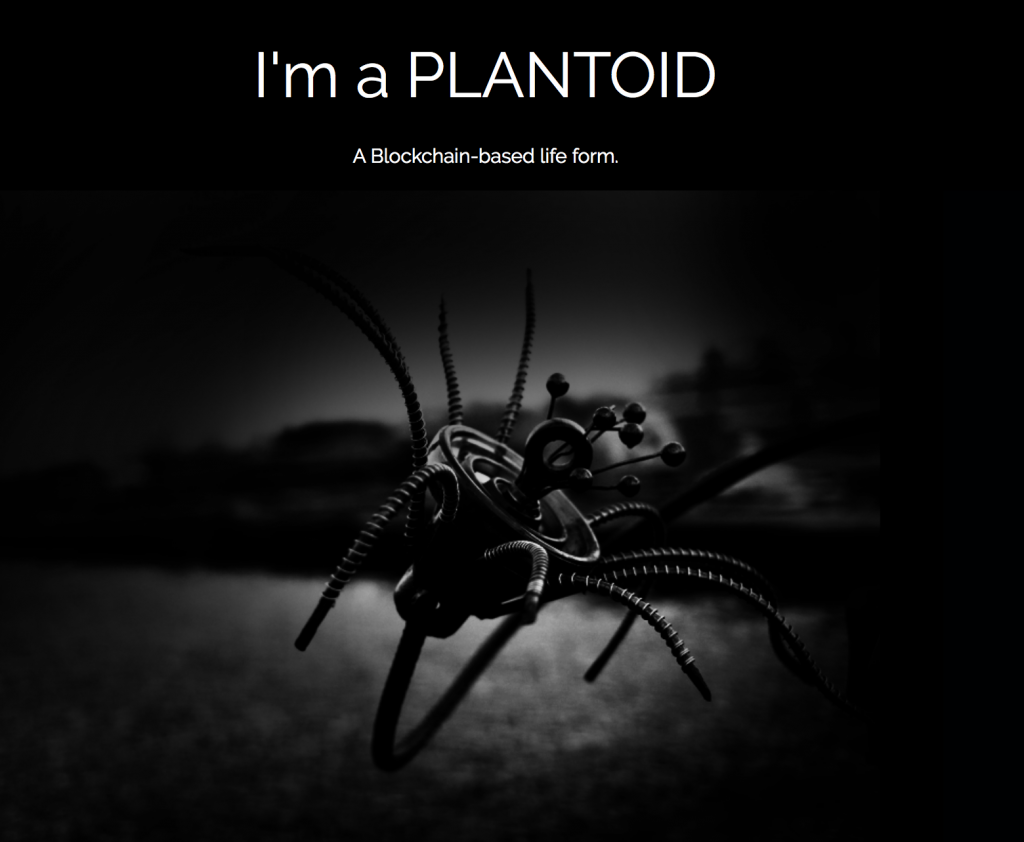
Source: http://okhaos.com/plantoids/
